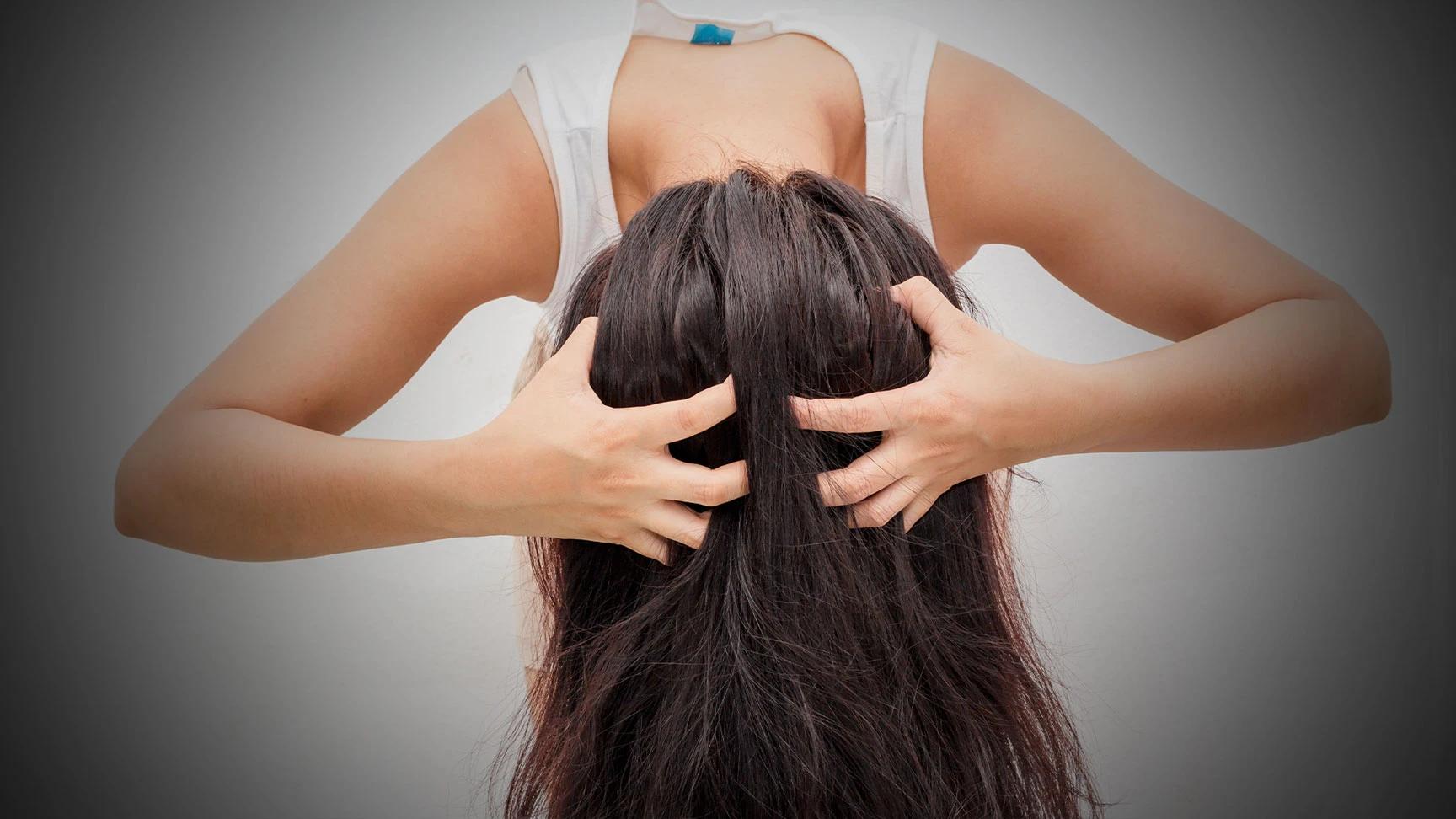Here's where things get exciting—the benefits of regular scalp massage go way beyond just feeling good. Your scalp is packed with blood vessels, and when you stimulate them properly, magic happens. Think better circulation, healthier hair growth, and a cleaner scalp overall.
Using a proper hair stimulator regularly can help remove product buildup, distribute your scalp's natural oils, and even help with stress relief. It's like hitting multiple targets with one simple tool.
Hair Growth Stimulation
When you massage your scalp, you're basically giving your hair follicles a wake-up call. The increased blood flow brings more nutrients and oxygen to your roots, which can support healthier hair growth. Whilst it won't work miracles overnight, consistent use might help your hair look fuller and feel stronger.
A scalp circulation tool works by gently stretching the skin and underlying tissues, which encourages better blood flow. Think of it as a mini workout for your scalp.
Exfoliation and Scalp Health
Your scalp sheds dead skin cells just like the rest of your body, but sometimes they need a bit of help moving along. A good exfoliating brush can gently remove this buildup, preventing clogged follicles and creating a cleaner environment for healthy hair growth.
This is especially brilliant if you use a lot of styling products or dry shampoo. The massage action helps break down product residue that regular shampooing might miss.
Stress Relief and Relaxation
Let's not forget the mental health perks. Scalp massage triggers your body's relaxation response, helping to lower stress hormones and promote feelings of calm. After a long day, there's something deeply satisfying about those gentle circular motions.
Many people find that regular scalp massage helps with tension headaches too. Your scalp holds a lot of stress, and releasing it can make a real difference to how you feel overall.
Step-by-Step Guide to Using a Hair Massage Brush
Right, let's get into the actual technique. The beauty of hair massage is that there's no single "correct" way to do it—it's all about finding what feels good for you. That said, there are some tried-and-tested methods that tend to work brilliantly for most people.
The key is to start gently and build up pressure as your scalp gets used to the sensation. Think of it like easing into a hot bath—you want to give your scalp time to adjust.
Preparation
Before you start, pick the right tool for your hair type. If you've got fine or thinning hair, go for something with softer bristles or nodes. Thicker hair can handle a bit more intensity.
Set up your space so you can relax properly. Dim the lights, maybe put on some chill music, and give yourself permission to take your time. This isn't a race—it's about creating a moment of calm in your day.
Dry Scalp Massage Technique
Start at your hairline and work your way back towards the crown. Use gentle circular motions, applying just enough pressure to move the scalp slightly. You shouldn't feel any pain or discomfort.
Spend about 30 seconds to a minute on each section of your scalp. Don't forget the sides and the area behind your ears—these spots often get neglected but feel amazing when massaged.
Work your way systematically across your whole scalp, overlapping slightly between sections. The whole process should take about 5-10 minutes for a thorough massage.
Wet Scalp Massage Technique


 1 Unit
1 Unit 1 Piece
1 Piece